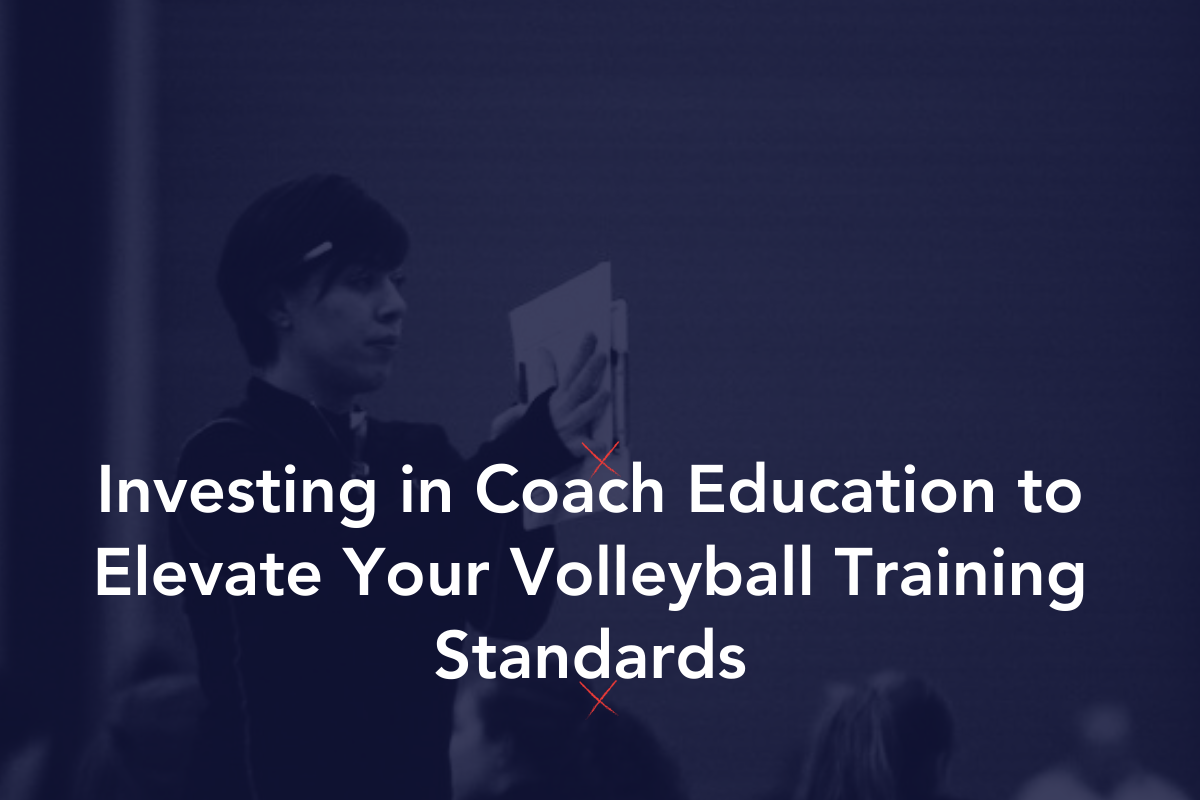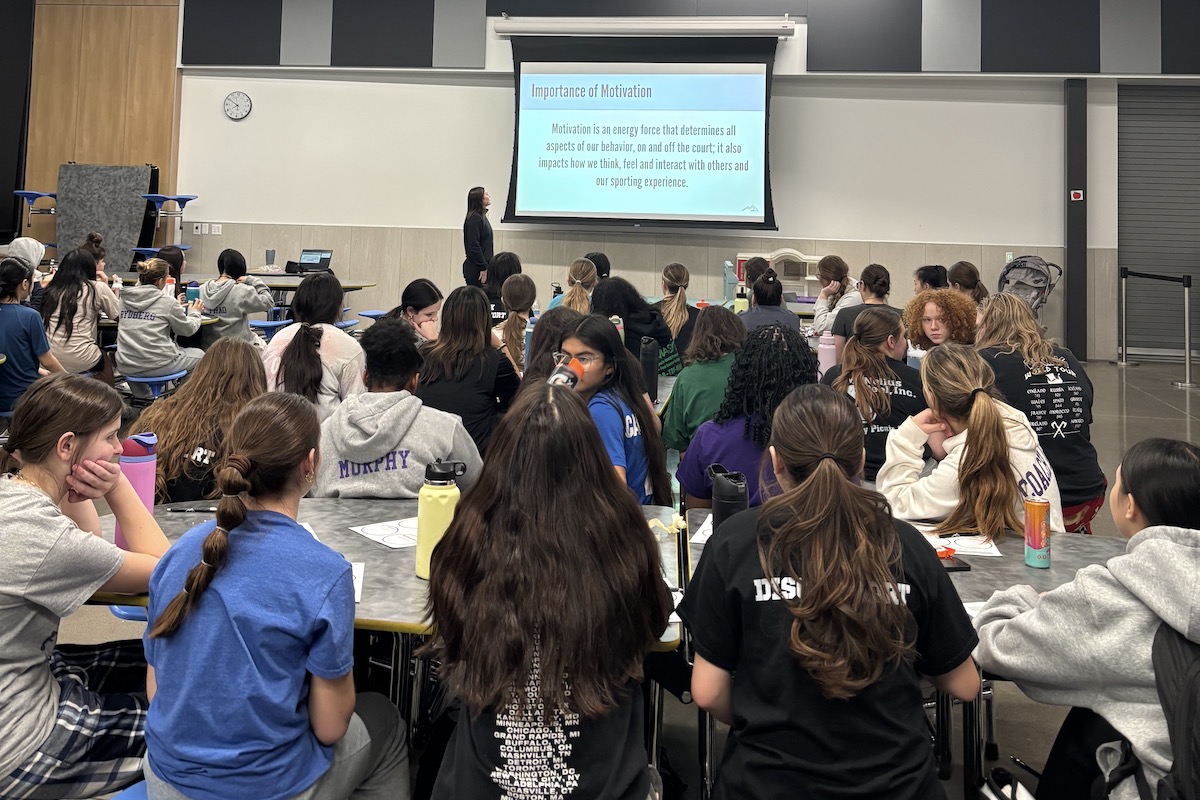Imagine the volleyball recruiting journey as a play. In this scenario, the student-athlete takes center stage, while parents assume the roles of supporting actors. For the production to truly shine, the supporting actors need to play their parts to perfection. The right mix of support, encouragement and guidance can empower the lead actor and enable them to succeed. However, supporting actors who overplay or underplay their roles can take the spotlight off the lead and derail the entire performance. It’s all about finding the right balance.
But here’s the thing: Parents don’t always know when they’re being evaluated by college coaches. And it’s important to make a positive impact on their child’s recruiting process without getting in the way. To help you embrace your supporting role and assist your child in their quest to play college volleyball, here are some recruiting tips for parents.
Introduce yourself to coaches—at the right time
Introducing yourself to a college coach is an easy way to make a good first impression. But you need to know when and how to do it. In general, try not to interrupt college coaches while they are evaluating athletes at events and tournaments. Yes, coaches want to get to know the parents of their prospects, but they’re also focused on their job.
Plus, there are evaluation periods during the recruiting process when coaches can watch athletes compete but aren’t allowed to talk to them or their parents. If you were to approach a coach during this time — even to say “hello” — they will keep the conversation short to avoid any illegal contact. They aren’t trying to blow you off — they are just following NCAA protocol.
So, when’s a good time to approach a college coach for a quick chat? If you are at a college match, try right after the match ends. Before or after the team heads to the locker room there may a few minutes where the coach is available.
Keep the conversation friendly and casual — start with general questions about their program and style of coaching. Share what you enjoyed about the match and watching the team compete. You can also learn more from talking with the parents of current athletes on the team.
If the coach is interested in your student, they’ll most likely inquire about your recruiting process. And when your child joins the conversation, remember to let them control the conversation. Don’t take over and answer questions for them — remind your child to smile, make solid eye contact and resist the urge to look at you before answering the coach’s questions.
Keep your athlete on track
Qualifying for an NCAA athletic scholarship is one thing—combining athletic and academic scholarships is another. To maximize your child’s scholarship opportunities at the Division I level, they need to be in the top 10 percent of their graduating class, earn a cumulative GPA of 3.5 out of 4.0 and achieve an SAT score of 1200 or an ACT sum score of 105.
Encourage your child to sign up for AP and honors classes to boost their GPA. Research ACT/SAT test prep materials and help your athlete get enrolled before the deadline. In addition, educate yourself as much as possible on NCAA recruiting rules to keep track of when and how coaches are allowed to communicate with your child. To learn more, check out the NCAA Eligibility Center’s 2018–2019 Guide for the College-Bound Student-Athlete.
Prep for official and unofficial campus visits
To help your child get discovered by coaches and find a great college fit, you need to be right behind them from start to finish. If you and your athlete are getting a campus tour on a college visit, your child should be walking side-by-side with the coach, carrying on a conversation. You should be right behind them, supporting the conversation and asking a question of your own from time to time.
In addition, calculate your estimated family contribution (EFC) beforehand for when the conversation turns to financial aid. Schools use your EFC to gauge your federal student aid eligibility and financial aid award. Determining how much your family can afford to spend on your child’s postsecondary education will help you identify which colleges are viable and which are outside your price range. The size of your family and the number of kids attending college at the same time are also considered.
Set a good example
Whether you’re in line at the concession stand or sitting in the bleachers, always act like a coach is around, because you never know who might be listening. Even if you disagree with the decisions of your child’s coach or the referee’s calls, it’s important to stay calm and keep things positive. As much as you want to yell at that obnoxious parent from the other team, keep in mind that college coaches might very well be observing you. On the flip side, supportive and encouraging behavior can reflect positively on your student-athlete and increase their chances of getting a scholarship offer
For more recruiting education for players and families click HERE. For related reading on recruiting click HERE.
About the Author
Matt Sonnichsen is the former Director of Volleyball and National Speaker for Next College Student Athlete (NCSA). Matt has over 20 years of experience coaching volleyball at the collegiate level. Read more about NCSA.











